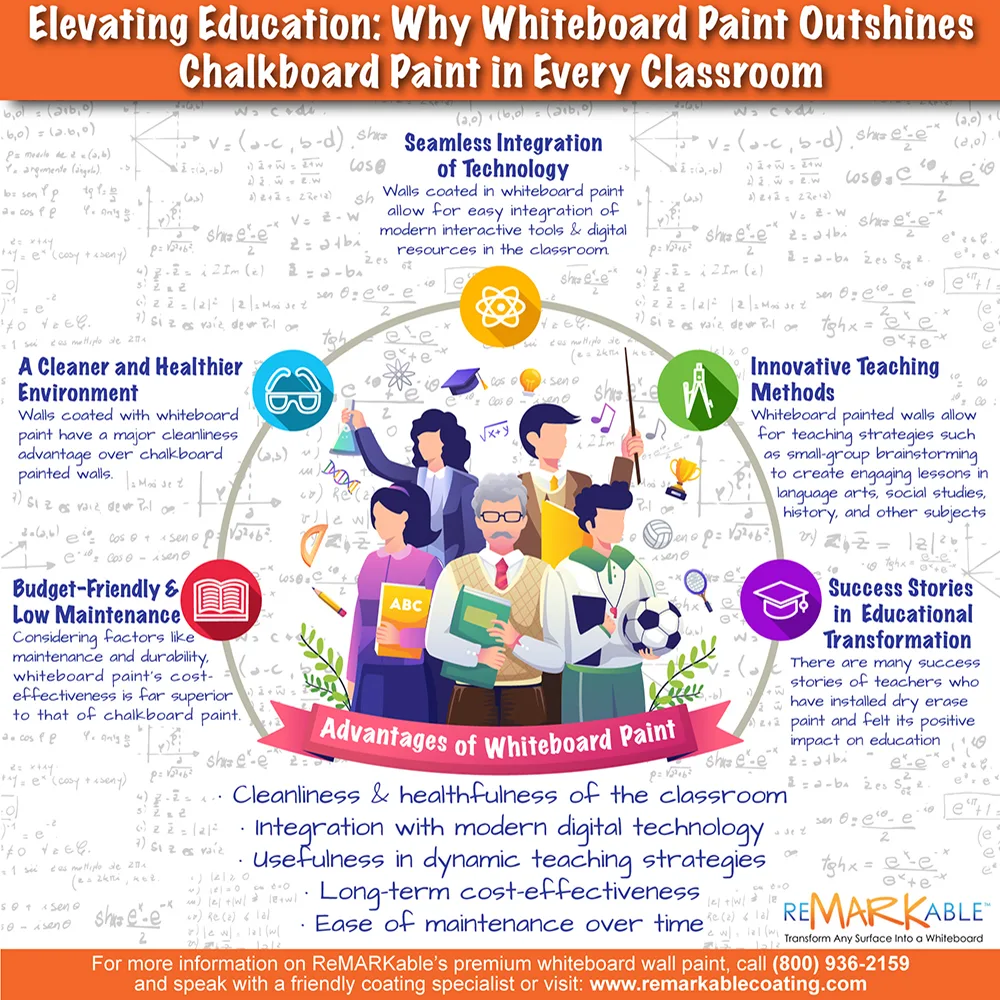
Elevating Education: Why Whiteboard Paint Outshines Chalkboard Paint in Every Classroom
Despite their long history of use in education, chalkboards have been declining in popularity since the emergence of walls coated with whiteboard paint. For decades, chalkboards were teachers’ go-to surfaces for conducting lessons at all grade levels. Nowadays, a common replacement for the traditional chalkboard is the chalkboard painted wall, which has similar qualities. However, some major differences emerge when comparing the educational uses, safety, health effects, and cost efficiency of chalkboard-painted walls vs. whiteboard painted walls.
Whiteboard Paint offers Innovative Teaching Methods
First, whiteboard painted walls allow teachers to employ innovative teaching strategies such as small-group brainstorming to create engaging lessons in language arts, social studies, history, and other subjects. Leveraging large, easy-to-use whiteboard walls in this way encourages intense student engagement and a dynamic learning experience.
Brainstorming sessions are fast-paced, unstructured, thought-provoking activities that stimulate students’ creativity. In brainstorming, learners form groups and receive a problem or topic that challenges their current level of understanding. Teachers present the problem or topic in the form of a brief, pointed question, and then one student in each group quickly writes down the ideas the others come up with while new ideas constantly emerge.
In this type of interaction that requires rapid writing and erasing, few tools are as ideal for stimulating creative ideas as a whiteboard wall. This vital learning aid has become indispensable for classroom brainstorming activities worldwide, allowing thoughts to be jotted down, erased, and replaced by new thoughts on an easy-to-read surface.
By contrast, due to chalk’s tendency to produce smudging, and the difficulty of completely removing chalk marks from the surface, known as “ghosting,” brainstorming is difficult on chalkboard painted walls. Ghosting occurs when chalk becomes absorbed into the black or otherwise dark-colored finish of a chalkboard wall, making it impossible to completely remove. This feature causes chalkboard-painted surfaces to be less desirable for teaching activities, especially fast-paced pursuits like brainstorming.
Seamless Integration of Technology with Whiteboard Paint
Walls coated in whiteboard paint are highly compatible with the use of modern technology, as they allow for easy integration of interactive tools and digital resources in the classroom. A whiteboard wall’s bright white surface enables students to easily see and understand text that teachers write with whiteboard markers in digitally enhanced classroom or remote lessons. This quality is essential when presenting lessons and when learners collaborate in class activities.
By contrast, forcing students to read white text written on a black or otherwise dark background like a chalkboard wall can lead to eye strain and thus hinder learning. This problem occurs because the color white almost equally stimulates all three types of color receptors in the human eye. Consequently, reading large amounts of white text on a dark background strains the eyes and, in turn, hampers students’ ability to absorb lesson material.
White also reflects all the wavelengths of light. Because words and letters in paragraph text are placed close together when the white text on a chalkboard wall reflects light, the light scatters and bleeds over into adjoining words and letters. This makes the shapes of the individual words and letters hard to tell apart. Compare this with black text written on the surface of a bright white whiteboard wall, where the black ink absorbs the light around each word and letter, thus making them easy to distinguish and enhancing learning.
A Cleaner and Healthier Environment when Using Whiteboard Paint
Walls coated with whiteboard paint also have a major cleanliness advantage over chalkboard painted walls. Most importantly, whiteboard walls produce no chalk dust that must be regularly cleaned and inhaled. In a classroom, it’s essential to prioritize teachers’ and students’ health and safety by ensuring that polluting substances such as chalk dust don’t compromise the room’s indoor air quality (IAQ).
Teachers use chalkboards in classrooms with painted walls to do lessons throughout the day. And the chalk dust they produce can easily create poor IAQ. Many of the particles in chalk dust are extremely fine, and inhaling them can harm the respiratory system, making a classroom a health hazard, especially for teachers and students with asthma or bronchitis.
Inhaling chalk dust can be unpleasant for everyone and may also create direct physical symptoms, such as headaches, sore throats, nasal congestion, and listlessness. Chalk dust’s more severe health impacts will likely appear after long-term exposure throughout the school year. They include allergic reactions and chronic obstructive pulmonary disease (COPD), an ailment that causes extreme shortness of breath and persistent coughing.
Installing dust reduction systems may reduce the amount of chalk dust in a classroom and thus improve the overall IAQ. However, dust-prevention systems are expensive and are only moderately effective. A better option is to replace classroom chalkboard painted walls with walls coated in whiteboard paint. Doing so will eliminate the problem of airborne chalk dust while giving teachers a highly efficient, versatile, and dynamic medium for creating lesson content.
Budget-Friendly and Low Maintenance
Considering factors like maintenance and durability, whiteboard paint’s cost-effectiveness is superior to chalkboard paint. The differences are apparent when you compare the potential savings from the lower maintenance requirements of whiteboard painted walls with the ongoing upkeep needs of chalkboard painted surfaces.
For example, to properly apply chalkboard paint, two or more coats are typically required, and after the paint dries, the surface is gritty, so chalkboard painted walls usually need to be sanded with 150-grit sandpaper before use. This is not the case with premium whiteboard paint. After the application of just one coat, premium whiteboard paint dries to a smooth, glossy, highly durable finish.
Also, felt erasers need to be more sufficient to clean a chalkboard painted wall thoroughly. If you want the surface to remain useable, it’s necessary to regularly deep clean a chalkboard painted wall to prevent the build-up of lingering chalk residue. This can be accomplished by thoroughly erasing and rigorously applying a commercial chalkboard cleaner or a do-it-yourself cleaner such as Coca-Cola or vinegar. Conversely, all it takes to clean a whiteboard painted wall thoroughly is a few swipes with a dampened microfiber cloth, and the surface will look new again.
Also, regarding durability, if you’re planning on intensive use of a chalkboard wall over a long period, with many chalkboard paint brands, you’ll need to apply a new coat about every six months. By contrast, premium whiteboard painted surfaces last ten or more years of continuous use without needing replacement.
Success Stories in Educational Transformation
The many success stories of teachers who have installed whiteboard paint and felt its positive impact on education include that of Kristi Gruber from Minnewaska Area High School in Glenwood, Minnesota. Ms. Gruber used clear coat whiteboard paint to cover the desktops and tables of more than 25 teachers at her school.
In sharing the teachers’ feelings about using whiteboard painted surfaces in teaching, she says, “Doing math on our desks in math class — we love our desks and it has rubbed off on many teachers in our district K-12. They love them. We have painted chalkboards, desks, and tables. I even did my whole back wall. It has transformed my teaching by using a growth mindset.”
Another educator who has successfully applied whiteboard paint in the classroom is Dan Gehrke, executive director of a private high school in the Denver area. Mr. Gehrke says the coating “helps to optimize great spaces for great teachers and students by increasing creative collaboration.”
In conclusion, whiteboard paint has significant advantages over chalkboard paint with respect to the following areas:
- Usefulness in dynamic teaching strategies such as brainstorming
- Integration with modern digital technology
- Cleanliness and healthfulness of the classroom environment
- Long-term cost-effectiveness
- Ease of maintenance over time.
For these reasons, educators would be wise to consider the transformative benefits of installing whiteboard paint in the classroom to create a safer, more interactive, up-to-date, and healthy learning environment for themselves and their students.


























































































![ReMARKable’s Winter Sale is Here! [25% Off + Free Shipping]](https://www.remarkablecoating.com/wp-content/uploads/2018/01/Red-Tag-Winter-Fashion-Facebook-Post-1-440x264.png)















![Drive Your Organization Into Openness and Watch it Expand [20% Off Whiteboard Paint]](https://www.remarkablecoating.com/wp-content/uploads/2016/04/Drive-Your-Organization-Into-Openness-and-Watch-It-Expand.-1-440x264.jpg)

![30% Off St Patrick’s Day Sale! [Details Inside]](https://www.remarkablecoating.com/wp-content/uploads/2016/03/Glorious-1-440x264.png)


![Giant Leaps Forward Require Big Spaces. [Leap Year Sale Event!]](https://www.remarkablecoating.com/wp-content/uploads/2016/02/Giant-Leaps-ForwardRequire-Big-Spaces-440x264.jpg)

















![ReMARKable Summer Sale 2018 [28% Off Whiteboard Paint]](https://www.remarkablecoating.com/wp-content/uploads/2018/06/Blue-Simple-Line-Beach-Facebook-Post-1-440x264.png)







































































































































































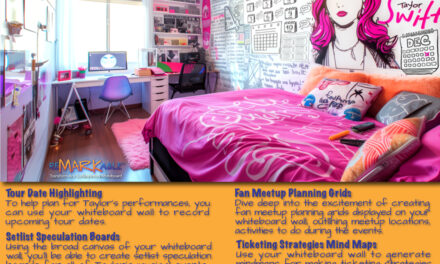

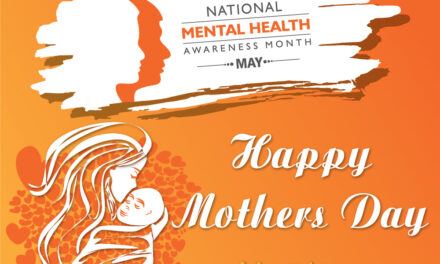
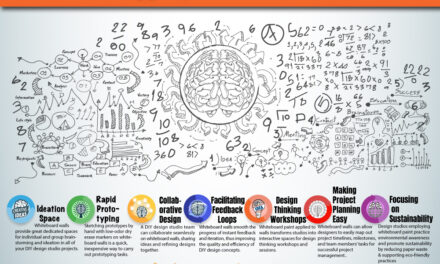
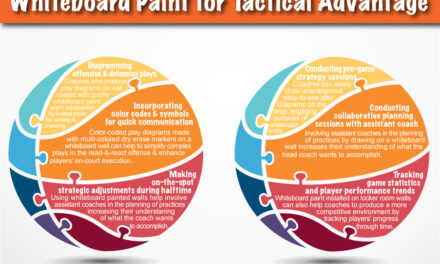
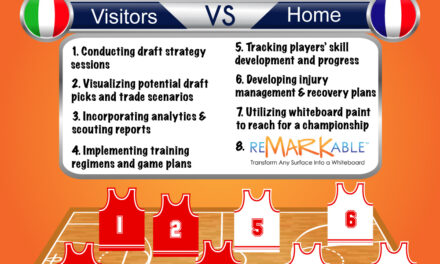



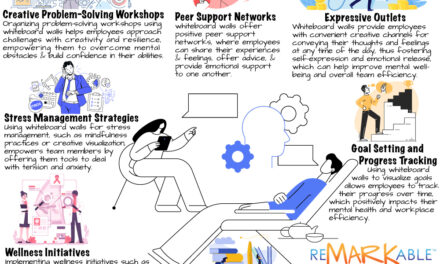
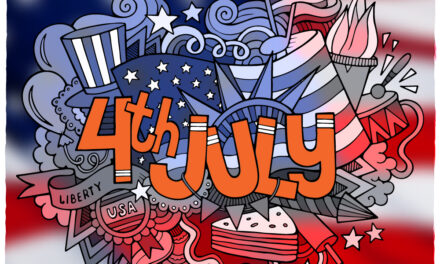
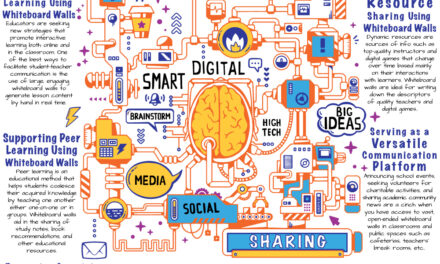
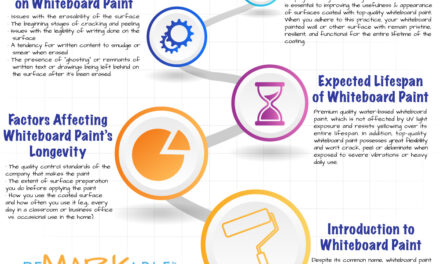
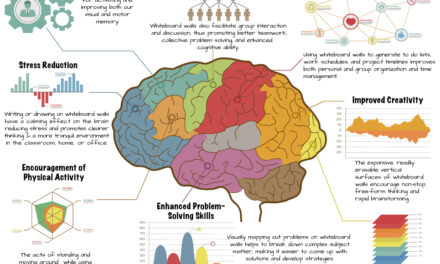


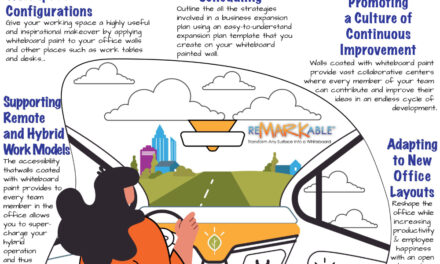
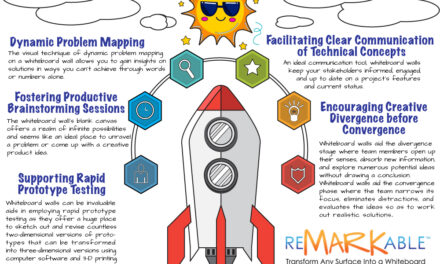

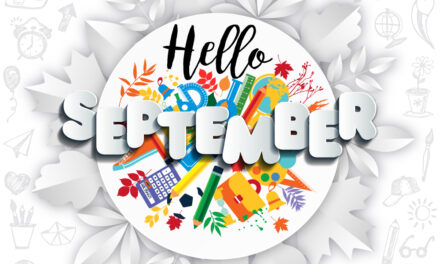

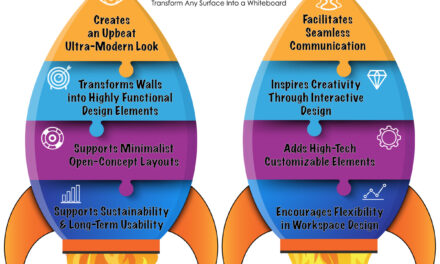

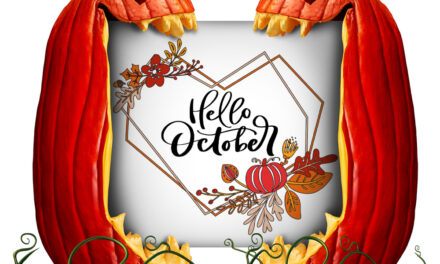
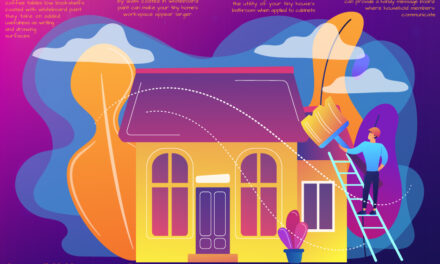

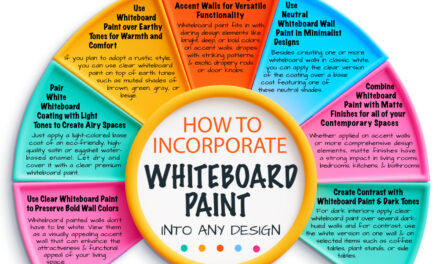

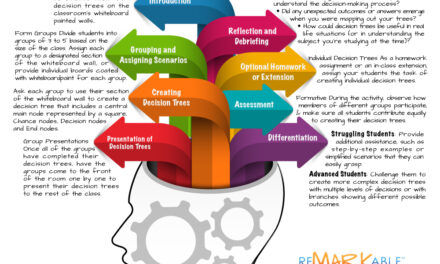
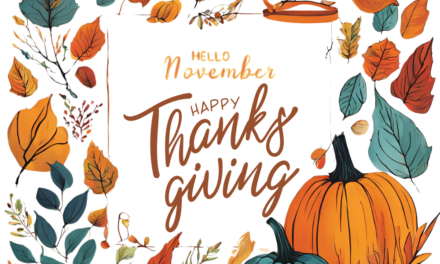

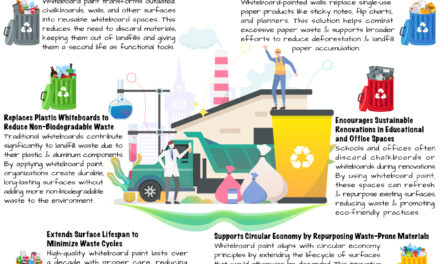
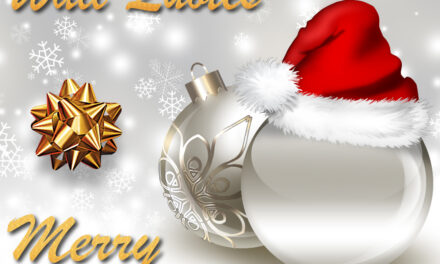
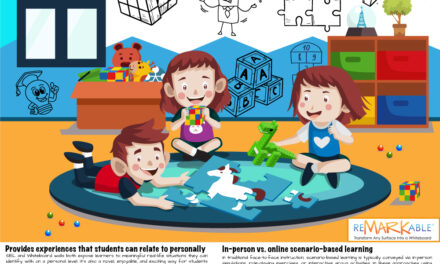


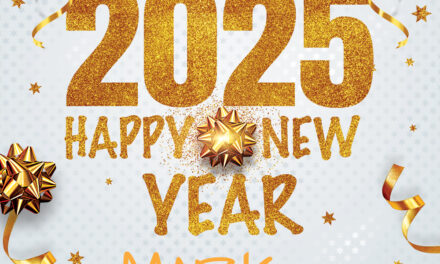

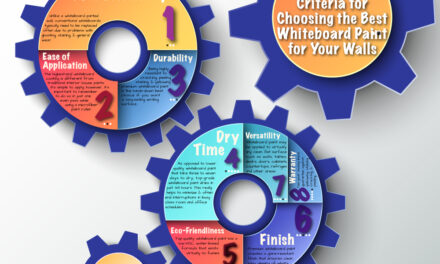
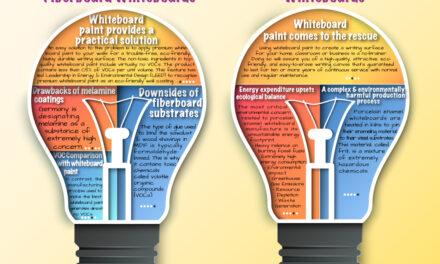
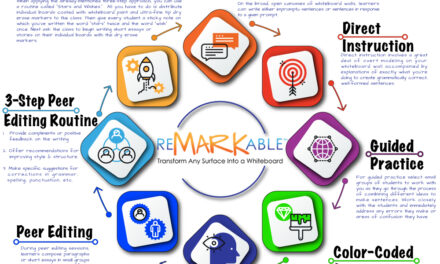
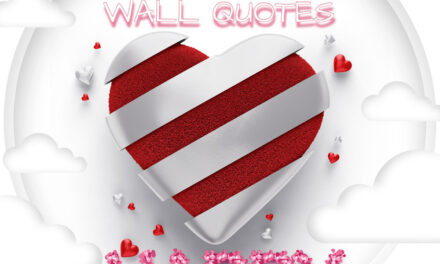
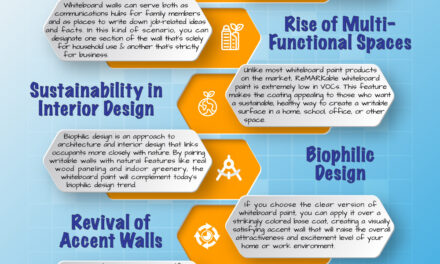
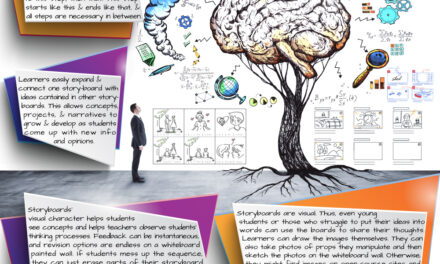
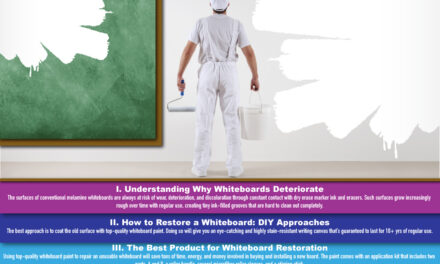
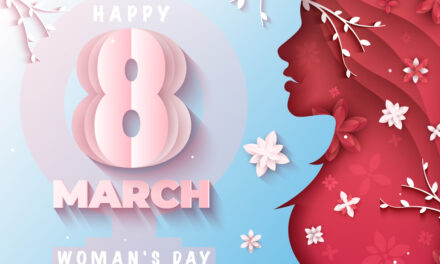
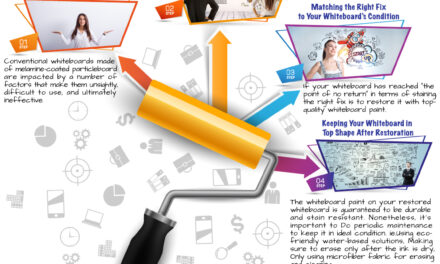
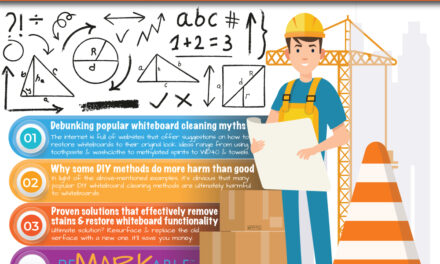
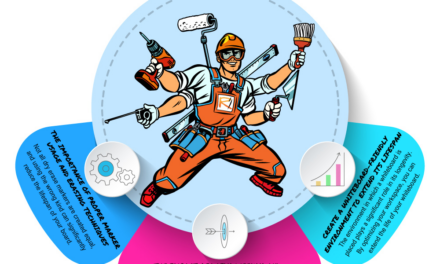

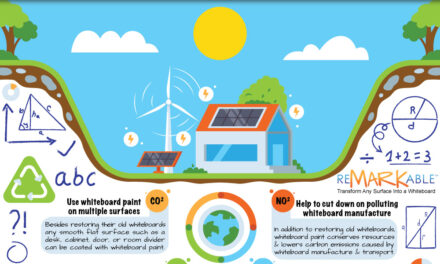
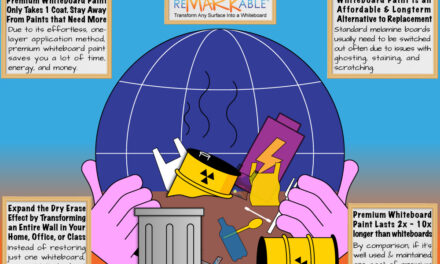
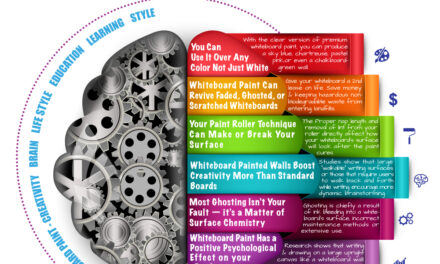
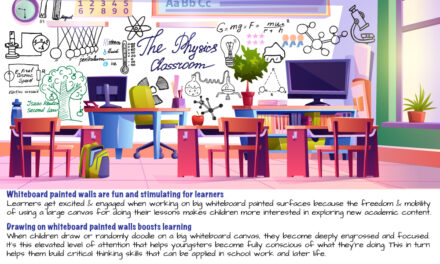
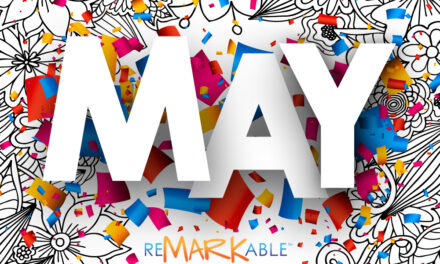
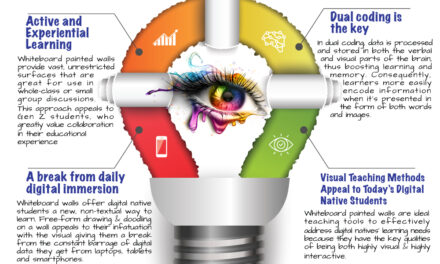
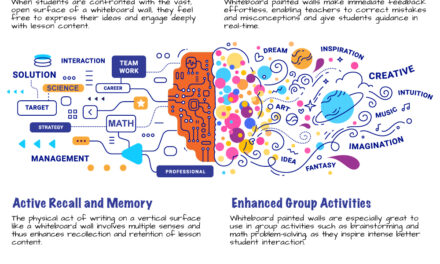
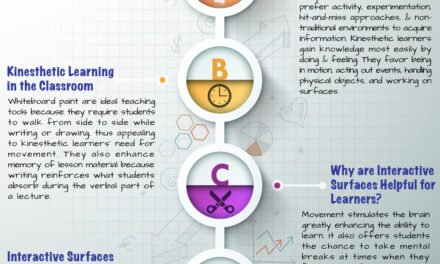

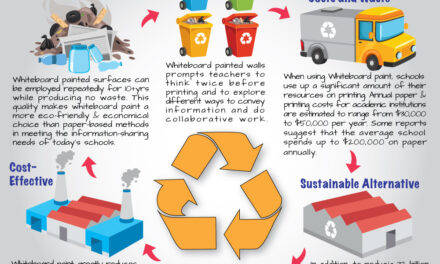
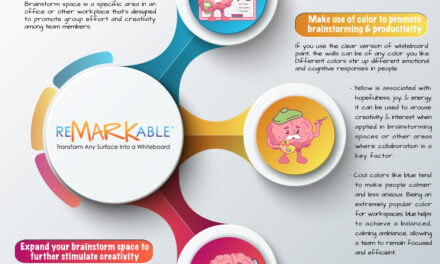
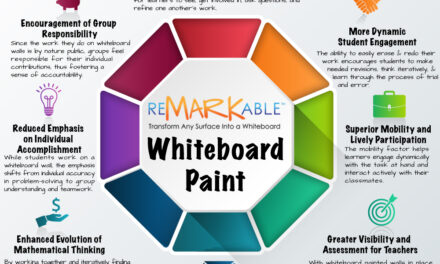
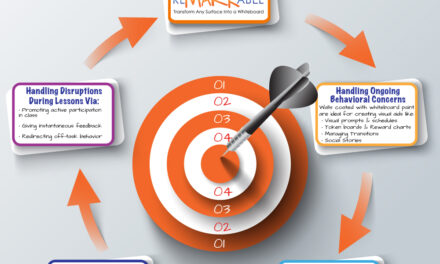
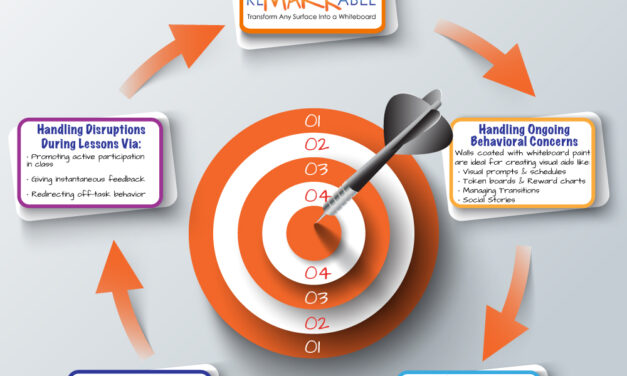
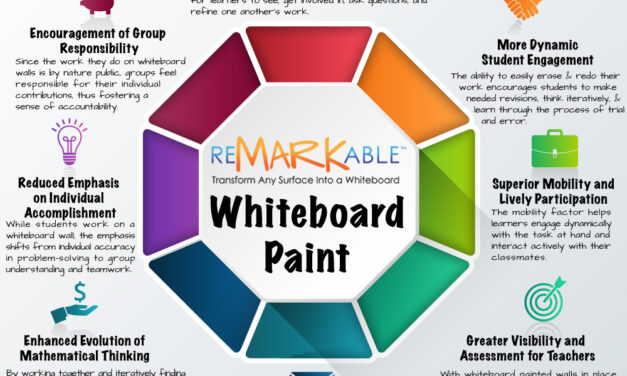
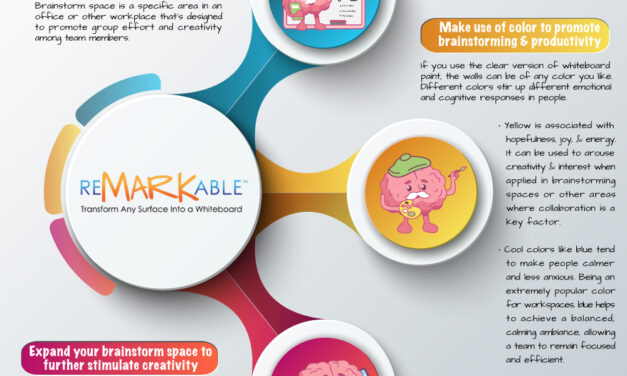


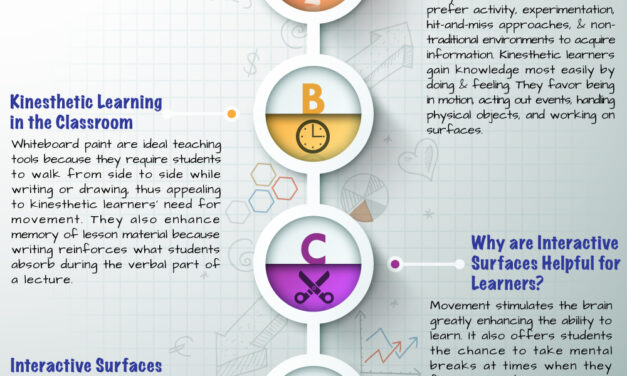





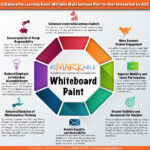
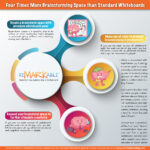
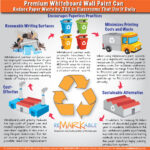

0 Comments